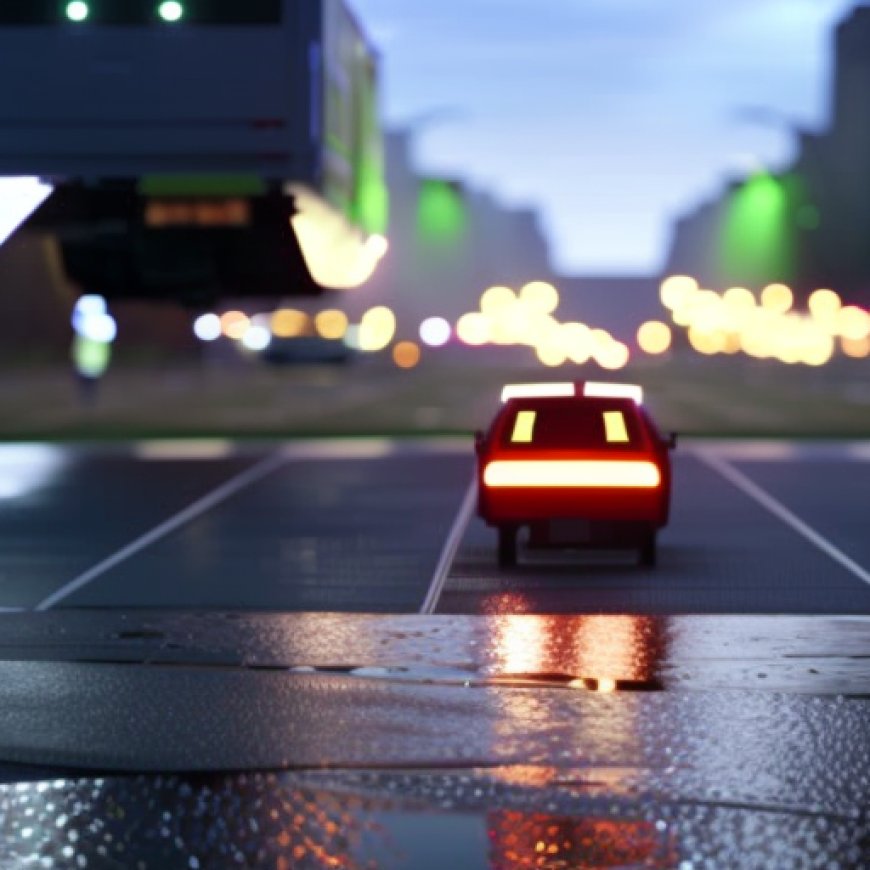Maintenance, pedestrian accessibility are priorities in forthcoming Great Falls transportation plan


A Multi-Agency Effort to Develop the Long-Range Transportation Plan for Great Falls
A multi-agency effort is underway to develop the latest long-range transportation plan for Great Falls, which was last updated in 2018.
Drivers shouldn’t expect major changes coming from this effort. Great Falls and Cascade County are seeing nearly flat growth trajectories, which is a departure from Montana’s other largest counties. Thus, the top-line goal for the 2024 plan is the preservation and maintenance of the existing transportation system.
Emphasis on Sustainable Development Goals
The long-range transportation plan aligns with several Sustainable Development Goals (SDGs) set by the United Nations. These goals include:
- Goal 9: Industry, Innovation, and Infrastructure
- Goal 11: Sustainable Cities and Communities
- Goal 13: Climate Action
By focusing on these goals, Great Falls aims to create a transportation system that is environmentally friendly, accessible, and resilient to climate change.
Building a Multimodal Transportation System
Designs are being developed for a major interchange reconstruction, and there is a growing focus on building a “multimodal transportation system,” which includes accessibility improvements, cycling infrastructure, and public transportation options. This aligns with Goal 11 of the SDGs, which emphasizes the need for sustainable cities and communities.
Updating the Plan for Future Needs
The long-range transportation plan is periodically updated to ensure it meets the changing needs of the community. This includes compliance with federal legislation that can fund large portions of transportation projects. By staying up-to-date with federal criteria, Great Falls can access federal transportation funding and support the achievement of Goal 9 of the SDGs.
Public Input and Engagement
The Metropolitan Planning Organization held an open house to gather public input on the long-range transportation plan. Visitors had the opportunity to view maps, ask questions, and provide feedback on issues they face when navigating the city’s transportation system. This participatory approach aligns with Goal 11 of the SDGs, which emphasizes the importance of inclusive and sustainable urbanization.
Emphasizing Nonmotorized Transportation
The finished long-range plan will have a significant emphasis on nonmotorized transportation, including pedestrian and bicycle infrastructure. This aligns with Goal 11 of the SDGs, which promotes sustainable and inclusive transportation systems.
Improving Accessibility
The plan also highlights the need for improvements in sidewalk connectivity and accessibility. This includes ensuring compliance with the Americans with Disabilities Act and addressing gaps in the sidewalk network. By prioritizing accessibility projects, Great Falls aims to create a transportation system that is inclusive and accessible to all residents, in line with Goal 11 of the SDGs.
Conclusion
Great Falls is taking a proactive approach to develop a long-range transportation plan that aligns with the Sustainable Development Goals. By focusing on sustainability, accessibility, and resilience, Great Falls aims to create a transportation system that meets the needs of its residents while minimizing environmental impact. Through public input and engagement, the plan will reflect the priorities and concerns of the community, ensuring a well-rounded and inclusive approach to transportation planning.
Source: montanafreepress.org








